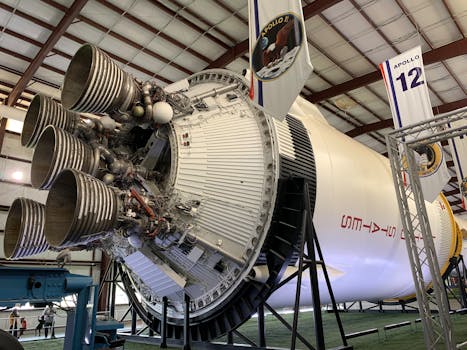Satellite Development: Exploring the History and Key Milestones of Satellite Development

Satellite Development: Exploring the History and Key Milestones of Satellite Development
The history of satellite development is a long and fascinating one, marked by key milestones and breakthroughs that have enabled us to explore space and communicate with each other over long distances. Satellite development has come a long way since the launch of the first artificial satellite, Sputnik 1, in 1957. Since then, thousands of satellites have been launched into space, each with its own unique purpose and function.
Early Years of Satellite Development
The concept of satellite development began to take shape in the early 20th century, when scientists and engineers started exploring the idea of launching objects into space. One of the key figures in the development of satellite technology was Konstantin Tsiolkovsky, a Russian scientist who is considered to be one of the founding fathers of modern rocketry. In the 1920s and 1930s, Tsiolkovsky wrote extensively on the topic of space exploration and the use of satellites for communication and scientific research.
The first artificial satellite, Sputnik 1, was launched by the Soviet Union on October 4, 1957. Sputnik 1 was a small, beach-ball-sized satellite that weighed about 83 kg and carried a simple radio transmitter. The launch of Sputnik 1 marked the beginning of the space age and sparked a wave of interest in satellite development around the world.
Key Milestones in Satellite Development
Over the years, there have been many key milestones in satellite development, each marking a significant breakthrough or achievement in the field. Some of the most notable milestones include the launch of the first American satellite, Explorer 1, in 1958; the launch of the first commercial communications satellite, Intelsat 1, in 1965; and the launch of the first GPS satellite, Navstar 1, in 1978.
In recent years, there have been many advances in satellite technology, including the development of smaller, more efficient satellites; the use of new materials and technologies, such as 3D printing and advanced propulsion systems; and the launch of large constellations of satellites, such as the Starlink constellation developed by SpaceX.
Modern Satellite Development
Today, satellite development is a thriving industry, with thousands of satellites in orbit around the Earth and many more planned for launch in the coming years. Modern satellites are used for a wide range of purposes, including communication, navigation, weather forecasting, and scientific research.
One of the most significant trends in modern satellite development is the use of small satellites, also known as smallsats. Smallsats are satellites that weigh less than 500 kg and are typically launched into low Earth orbit. They are often used for Earth observation, communication, and scientific research, and are becoming increasingly popular due to their low cost and flexibility.
Conclusion
In conclusion, the history of satellite development is a long and fascinating one, marked by key milestones and breakthroughs that have enabled us to explore space and communicate with each other over long distances. From the launch of the first artificial satellite, Sputnik 1, to the modern smallsats and large constellations of today, satellite development has come a long way. As technology continues to advance and new innovations are made, it will be exciting to see what the future holds for satellite development and the many ways in which satellites will continue to shape our world.




